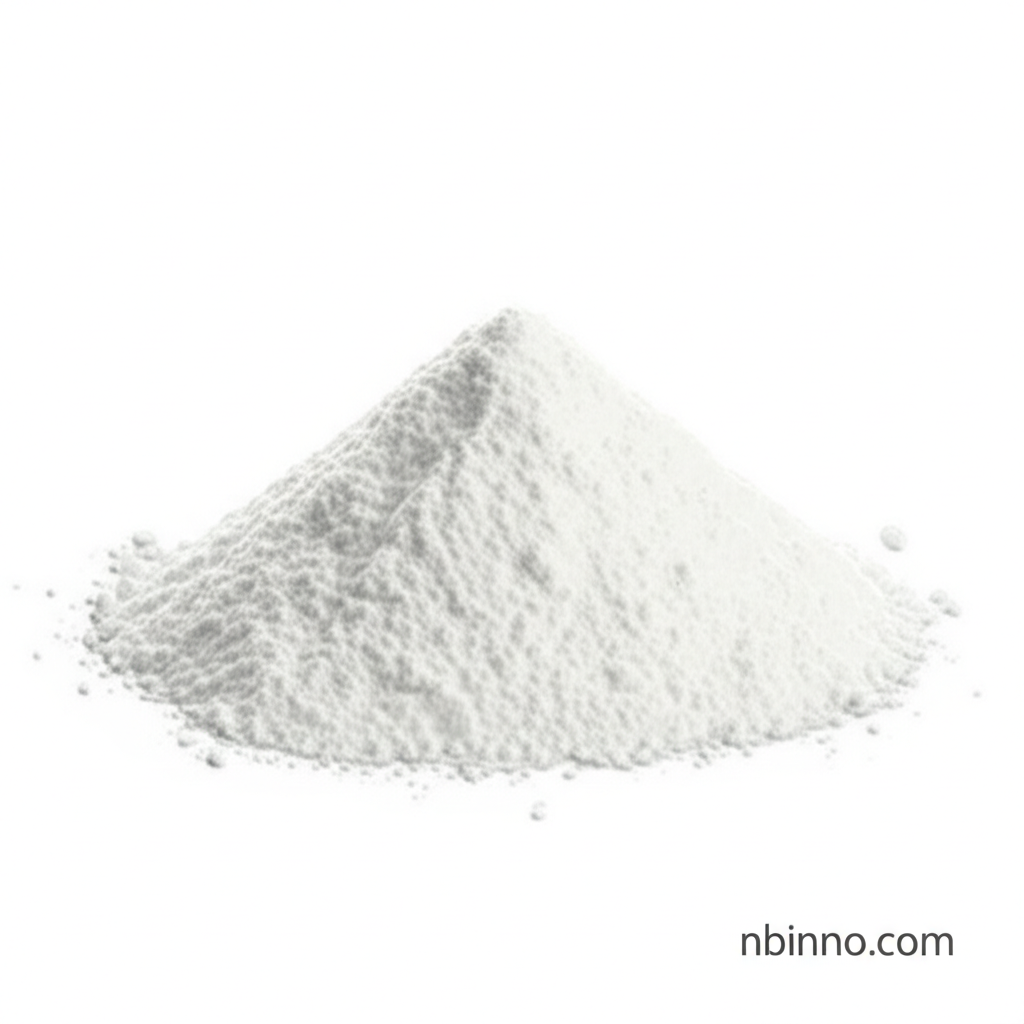Antimony Trioxide Sb2O3: A Key Synergist for Enhanced Flame Retardancy
Unlock superior fire safety with Antimony Trioxide, the essential synergist for advanced polymer and coating formulations.
Get a Quote & SampleProduct Core Value

Antimony Trioxide
Antimony Trioxide (Sb2O3) is an inorganic compound critical for enhancing flame retardant properties in a wide array of materials. Its primary function is to act as a synergist, significantly boosting the effectiveness of halogenated flame retardants. This synergy helps manufacturers meet stringent fire safety standards across diverse applications.
- Learn about the critical role of antimony trioxide flame retardant synergist in modern materials.
- Explore the diverse Sb2O3 flame retardant applications across industries.
- Understand how antimony trioxide in plastics contributes to enhanced safety.
- Discover the function of antimony trioxide as a PET catalyst and its implications for polymer production.
Product Advantages
Synergistic Flame Retardancy
Antimony Trioxide works in tandem with halogenated compounds to create potent flame retardant systems. It disrupts combustion by acting in both the gas phase (radical trapping and air sealing) and condensed phase (char formation), effectively slowing or stopping the fire.
Versatile Application Range
This compound is essential in plastics, rubber, synthetic fibers, paints, glass, and electronics, contributing to materials that meet rigorous safety requirements.
Catalytic and Clarifying Properties
Beyond flame retardancy, Antimony Trioxide serves as a catalyst in polyethylene terephthalate (PET) production and acts as a clarifying agent in glass manufacturing.
Key Applications
Plastics and Rubber
Widely used as a flame retardant synergist in PVC, PP, PE, PS, ABS, and PU, enhancing the fire resistance of consumer electronics, automotive components, and cables.
Textiles and Chemical Fiber
Imparts flame-retardant properties to textiles and chemical fibers through coating or blending processes for applications like fire-resistant clothing and curtains.
Paints and Coatings
Functions as a white pigment and a flame retardant additive, improving the fire safety characteristics of paint formulations.
Glass and Electronics
Serves as a clarifying agent in glass manufacturing and is used in the electronics industry for non-magnetic ceramics and in components requiring high fire safety standards.
